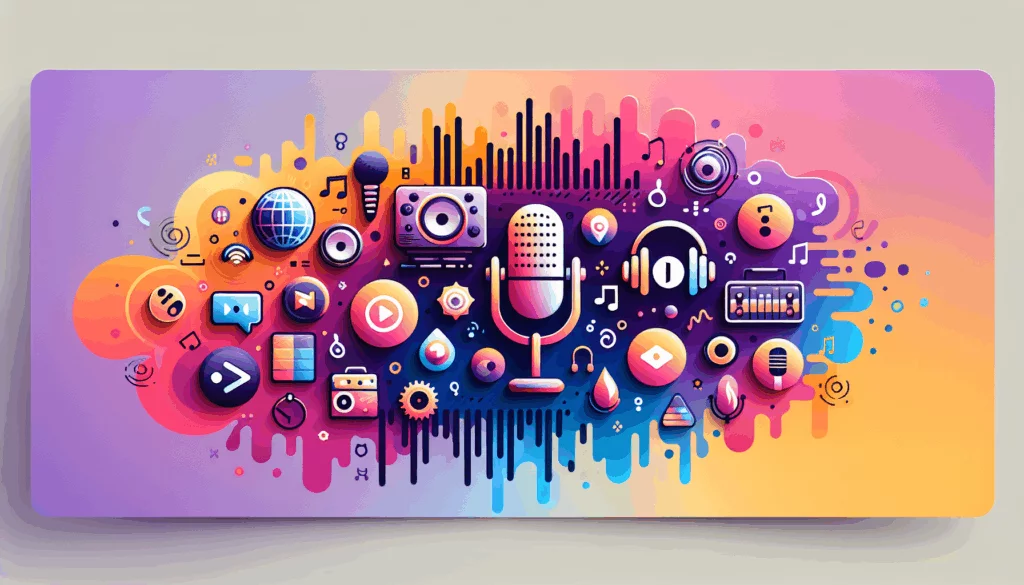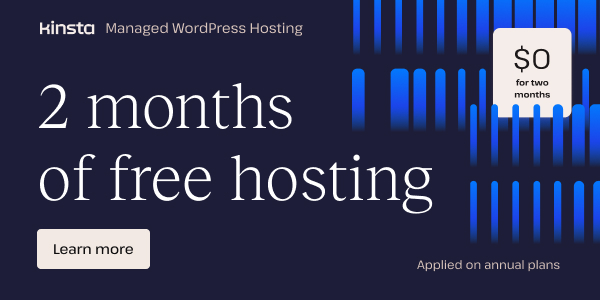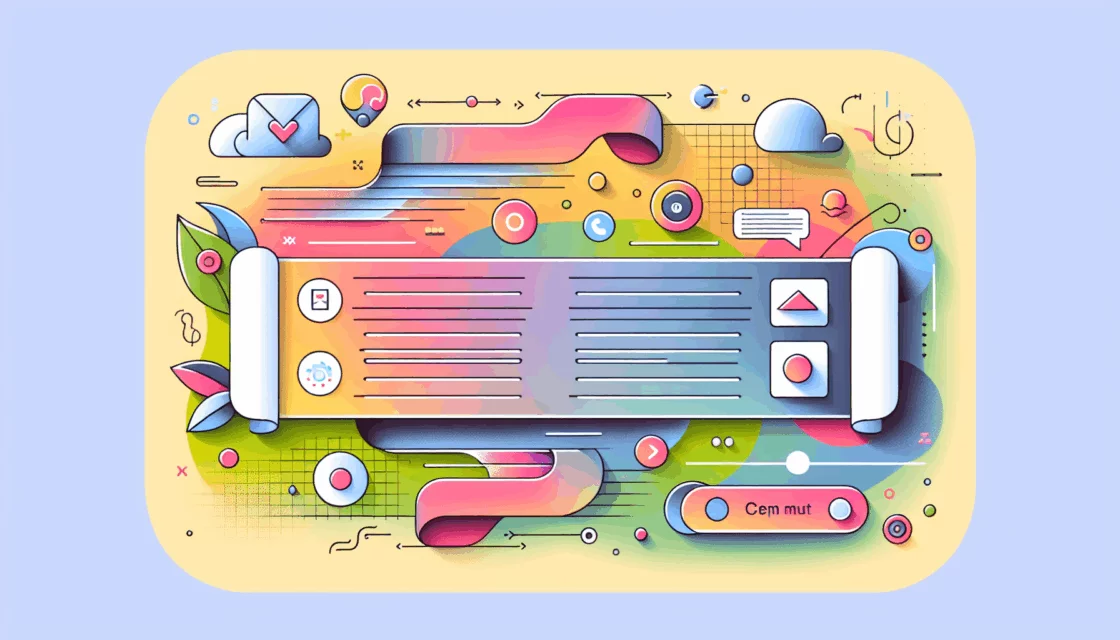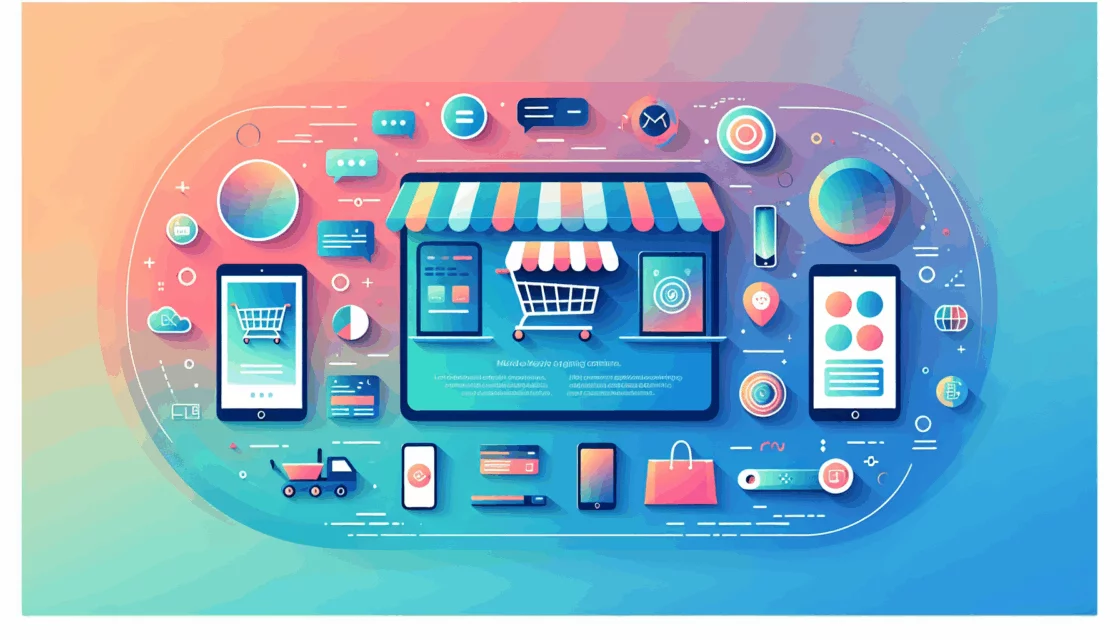
Loyalty programs are far more than a passing trend—they have become a cornerstone of customer retention for businesses of all sizes. In today’s competitive landscape, where every brand is vying for attention and repeat business, a well-crafted rewards system can be the difference between a one-time customer and a lifelong advocate. This guide unpacks the essentials of building an effective loyalty strategy, inspired by top brands and tailored for businesses ready to boost retention and foster lasting relationships.
Understanding the Power of Loyalty Programs
At their core, loyalty programs are designed to encourage repeat purchases by offering tangible value to customers. Whether through points, tiers, or exclusive perks, the best programs make shoppers feel valued, turning routine transactions into rewarding experiences.
- Customer Retention: Loyalty programs help businesses keep customers coming back, which is considerably more cost-effective than acquiring new ones.
- Enhanced Customer Experience: Effective rewards systems personalize the journey, making every interaction feel special.
- Increased Spending: Customers enrolled in loyalty programs often spend more over time, driven by the desire to reach higher tiers or unlock exclusive benefits.
Take Starbucks, for example. With over 40 million members, their Starbucks Rewards program demonstrates the power of a gamified, tiered approach. Customers earn stars for every purchase, which can be redeemed for free drinks and food. The program not only fosters customer retention but also encourages higher spending as members aim for elite status1.
Key Elements of a Successful Loyalty Program
Creating a loyalty initiative that resonates with your audience requires thoughtful planning. Here’s what you need to consider:
Clear Value Proposition
The program must offer real, recognizable value. Whether it’s discounts, free products, or exclusive access, customers should feel that participation is worthwhile. Sephora’s Beauty Insider program is a standout in this regard. Members earn points for every purchase, which can be redeemed for samples or exclusive merchandise. Higher tiers unlock even greater benefits, including access to exclusive events and bigger discounts—making the program irresistible for beauty enthusiasts1.
Simplicity and Accessibility
Make it easy for customers to join and start earning rewards. Complicated rules or cumbersome sign-up processes can deter participation. Powershop, an energy provider, exemplifies simplicity by offering $100 in free power for every friend referred—with bonuses for both the referrer and the new customer. The process is streamlined, requiring just a shared link and an email, making it a model for service-based businesses5.
Tiered Structures and Gamification
Tier-based systems gamify the customer experience, motivating shoppers to spend more to unlock higher levels of exclusivity. Designer Shoe Warehouse’s (DSW) VIP program is a prime example. By spending more, customers access new tiers with better discounts and exclusive products. Personalized emails remind them of their progress and upcoming rewards, adding a layer of engagement that keeps members invested1.
Personalization and Community
Beyond points and discounts, the best loyalty initiatives foster a sense of community. Sephora’s Beauty Insider Community allows members to share tips, advice, and product recommendations, strengthening emotional connections with the brand1. Similarly, Delta SkyMiles’ tiered program rewards frequent flyers with travel vouchers, priority service, and upgrades, tailoring benefits to individual travel habits and preferences3.
How to Build and Launch Your Own Loyalty Program
Ready to create a loyalty program for your business? Follow these actionable steps:
- Define Your Goals: Identify what you want to achieve—higher retention, increased spending, or greater customer engagement.
- Know Your Audience: Understand your customers’ preferences and shopping behaviors to design a program that resonates.
- Choose the Right Structure: Decide between points, tiers, cashback, or subscription-based models, depending on your business type.
- Develop the Technology: Ensure your program is easy to manage and accessible to customers online and in-store. A robust platform like Kinsta can help you host and scale your loyalty program website with ease.
- Launch and Promote: Announce your program through email, social media, and in-store signage. Offer early sign-up bonuses or double-points events to drive initial engagement.
- Monitor and Optimize: Track key metrics like participation rates, redemption rates, and average spend. Use insights to refine your program over time.
Integrate with Customer Service
The most successful loyalty programs are seamlessly integrated with customer service. Grubhub, for instance, uses automation and customer support tools to deliver a seamless experience for its Grubhub+ members. This integration ensures that loyalty incentives are always front and center, reinforcing the value of repeat business3.
Leverage Technology and Analytics
Modern loyalty programs rely on technology to track customer activity, personalize offers, and measure impact. Utilize analytics tools to understand what drives engagement and where there’s room for improvement. For example, CleverTap and Zendesk offer powerful solutions for businesses looking to automate and optimize their loyalty initiatives.
Real-World Examples: Inspiring Your Own Program
Looking for inspiration? Here are some of the most successful loyalty programs from around the world:
- Starbucks Rewards: Gamified, tiered, and highly engaging, with over 40 million members1.
- Sephora Beauty Insider: Points-based community program with exclusive events and personalized rewards1.
- DSW VIP: Tier-based program that rewards customers with exclusive products and personalized updates1.
- Marriott Bonvoy: Hotel loyalty program offering points for stays, flights, and car rentals3.
- Delta SkyMiles: Tiered airline program with travel vouchers, priority service, and upgrades3.
- Grubhub+: Subscription-based food delivery program with zero delivery fees and exclusive offers3.
For more insights into innovative loyalty strategies, explore resources from Queue-it and Nector.io.
Best Practices for Long-Term Loyalty Program Success
- Consistently Deliver Value: Ensure rewards remain attractive and relevant to your audience.
- Keep It Simple: Avoid complex rules or confusing redemption processes.
- Personalize the Experience: Use data to tailor offers and communications to individual preferences.
- Build a Community: Foster connections among members through forums, social media, or exclusive events.
- Stay Agile: Regularly review and adjust your program based on customer feedback and changing trends.
At Belov Digital Agency, we specialize in designing and implementing loyalty solutions that drive customer retention and business growth. Whether you’re launching a new program or optimizing an existing one, our team is here to help you create a strategy that stands out in today’s crowded marketplace.
Final Thoughts: Turning Loyalty Into Long-Term Growth
An effective loyalty program is more than a marketing tactic—it’s a relationship-building tool that can transform your business. By offering meaningful rewards, fostering community, and leveraging technology, you can create a program that not only retains customers but also turns them into passionate advocates for your brand.
Ready to elevate your customer retention strategy? Let’s build something extraordinary together. Contact us to discuss how Belov Digital can help you launch or optimize your loyalty program for maximum impact.
For more tips on creating engaging customer experiences, check out our guides on customer retention strategies and website design best practices.













